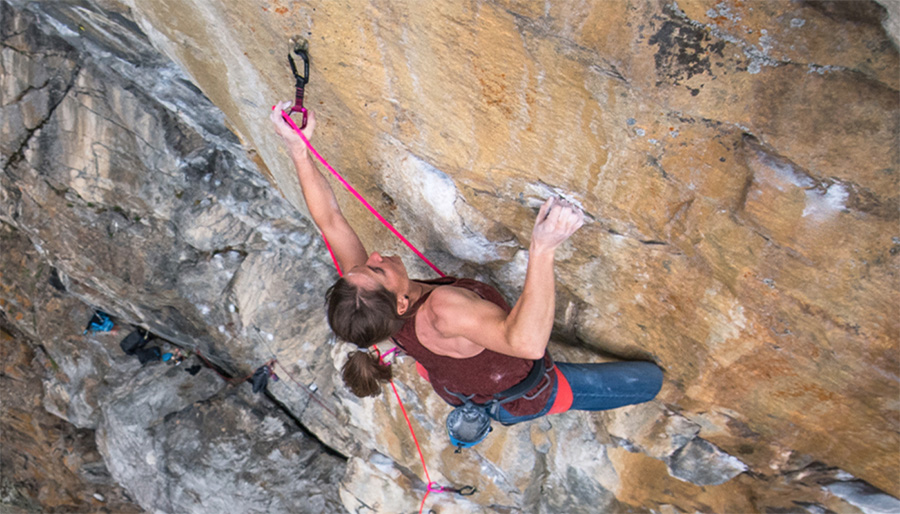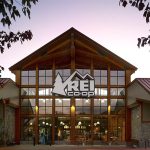<span style="color: #9e9e9e;">Clarus Corp.’s earnings came in well above Wall Street’s targets as Black Diamond’s revenues continued to recover and Sierra Bullets’ expanded more than two-fold.
“These results ultimately tie back to our well-defined strategy of preserving brand equity, while continuing to execute our innovate and accelerate playbook across all the brands portfolios,” said John Walbrecht, Clarus’ president, on a conference call with analysts.
In the quarter ended September 30, adjusted net income jumped 53.3 percent to $9.2 million, or 30 cents per share, topping Wall Street’s consensus estimate of 21 cents. Including non‐cash charges and minimal transaction costs in both periods, net income came to $1.2 million, or 4 cents, compared to $3.5 million, or 11 cents, a year ago.
Sales increased 7.1 percent to $64.5 million. Wall Street’s consensus estimate was $63.6 million. In an update provided on October 21, Clarus projected sales for the quarter in the range of $63 million to $64 million. On a constant-currency basis, total sales were up 7 percent.
Black Diamond sales dropped 8 percent while Sierra Bullet’s sales soared 135 percent. Sales in the company’s DTC channel were up 24 percent.
Gross margin in the quarter decreased 50 basis points to 33.6 percent due to unfavorable impacts on the company’s supply chain and logistics as a result of COVID-19.
SG&A expenses increased 14 percent to $18.7 million and expanded to 29.0 percent of sales from 27.3 percent a year ago. The net increase was primarily due to higher stock-based compensation given Clarus’ stock price appreciation during the quarter. Black Diamond brand SG&A was down 11 percent due to cost-saving initiatives. Sierra SG&A was up 14 percent due to strong sales growth.
Adjusted EBITDA increased 34 percent to $9.1 million. On October 21, Clarus predicted adjusted EBITDA for the quarter to range between $8 million to $9 million.
Black Diamond’s Sales Impacted By Retail Disruption
The 8 percent decline at Black Diamond marks a strong improvement versus the 47 percent drop seen in the second quarter.
“COVID-19 is still hampering the return of the normalized retail order patterns, particularly domestically,” said Walbrecht. “So much of our sales were in the form of replenishment or at-once orders. This is despite otherwise strong consumer demand as people sought the outdoors during pandemic-related restrictions or concerns. In fact, in Europe, Black Diamond sales actually increased 11 percent with growth in every category.”
In its international distributor business, a decision to transition two more markets, Spain and the U.K., in-house reduced Black Diamond sales by approximately $2.5 million in the quarter.
Among categories, climb eased 1 percent, mountain slid 7 percent and ski was down 9 percent. Apparel slumped 22 percent with the decline attributed to market oversaturation and aggressive promotions by other brands. Walbrecht also said top-line growth was constrained by a decision taken in March as the pandemic emerged not to aggressively promote the Black Diamond brand in off-price channels, “believing this would actually strengthen our competitive position long-term.”
Total DTC sales for Black Diamond were up 24 percent with the online portion gaining 31 percent.
Said Walbrecht, “We continue to experience improved activation in our eCommerce channel due to more effective prospecting and retargeting in order to drive higher levels of site traffic. We also continue to prioritize full-price selling with a focus on storytelling to capture the consumers’ interest during their increased time at home and online. Within our own retail locations, traffic was down significantly due to COVID-19. But conversions were up nearly double proven in innovative products and strong engagement wins out.”
Sierra Delivers Broad-Based Growth
Sierra’s 135 percent gain builds on a 7 percent increase seen in the second quarter and reflects broad-based growth across all geographies and channels.
“The continuation of our external demand drivers such as social and civil uncertainties and unrest, as well as the U.S. election drove very strong domestic demand,” said Walbrecht. “We also returned to growth internationally in both our green box and OEM businesses due to the local markets finally opening up following their COVID-19 concerns.”
Ammunition sales were particularly strong due to the successful rollout of GameChanger, Prairie Enemy, Sports Master and now the Outdoor Master collections. Said Walbrecht, “At this time we feel confident that this demand for our new ammunition collections will continue deep into 2021.”
Barnes Bullets Acquisition To Support $100 Million Ammo Platform
In early October, Clarus acquired the Barnes Bullets, which is focused more as a hunting brand versus Sierra’s focus on long-range precision and accuracy. Barnes Bullets particularly specializes in led-free monolithic copper bullets and ammunition that Clarus believes is an untapped market opportunity.
“Early retail response to the acquisition has been very encouraging and we are quickly filling the order book,” said Walbrecht. “We expect numerous financial and operational synergies to arise during the integration, and we will use our strong balance sheet to execute upon these most effectively.”
Together with Sierra, the bullet and ammunition segment is now expected to reach more than $100 million in sales over time and generating 20 percent to 30 percent adjusted EBITDA margins with high free cash flow conversions.
“The acquisition caps off our strategy to build the leader in specialty premium bullets and ammunition, and also demonstrates our ability to patiently wait for strategic assets to attract value that we expect to drive growth and maximize our returns on invested capital,” said Walbrecht. “We look forward to seeking further acquisition efforts being in similarly accretive strategic areas, but outside of the bullets and ammunition market.”
Low-Teens Growth Expected For Fourth Quarter
The 8 perClarus anticipates sales in the fourth quarter of 2020 to range between $67.5 million and $69.0 million, up 11 percent to 13 percent year over year.
Black Diamond is still tracking towards top-line results being down high-single digits, which is expected to place the brand for the year around 2017 and 2018 levels, which were approximately $160 million and $177 million, respectively.
“Variables that could deviate from this trajectory of recovery on the downsides are, of course, retail and consumer response to what appears to be the second wave of COVID,” said Walbrecht. “On the upside, we are expecting a strong backcountry snow season. Regardless, I think it’s important to reiterate the fact that the vast majority of our Black Diamond products are non-perishable, and can be viewed as essentials to our activity-based consumer. And there will certainly be longings to get outdoors when the snow starts this fall.”
Sierra is expected to continue to benefit domestically given the broader social and political environment. A modest benefit is expected in the fourth quarter from Barnes Bullets as integration efforts continue.
Walbrecht noted that Barnes Bullets’ relationships, processes, and ordering cycles were severed as its former parent, Remington Outdoor, entered bankruptcy. He said, “We expect to have these activities completed by the end of the year or in early 2021. It is still difficult to tell when our consolidated businesses will be fully normalized, but we do believe consumers will continue to be loyal to authentic brands that focus on their core users. Being a business made up of super-fan brands, we feel well-positioned to handle the uncertainty of the future.”
Photo courtesy Black Diamond
















